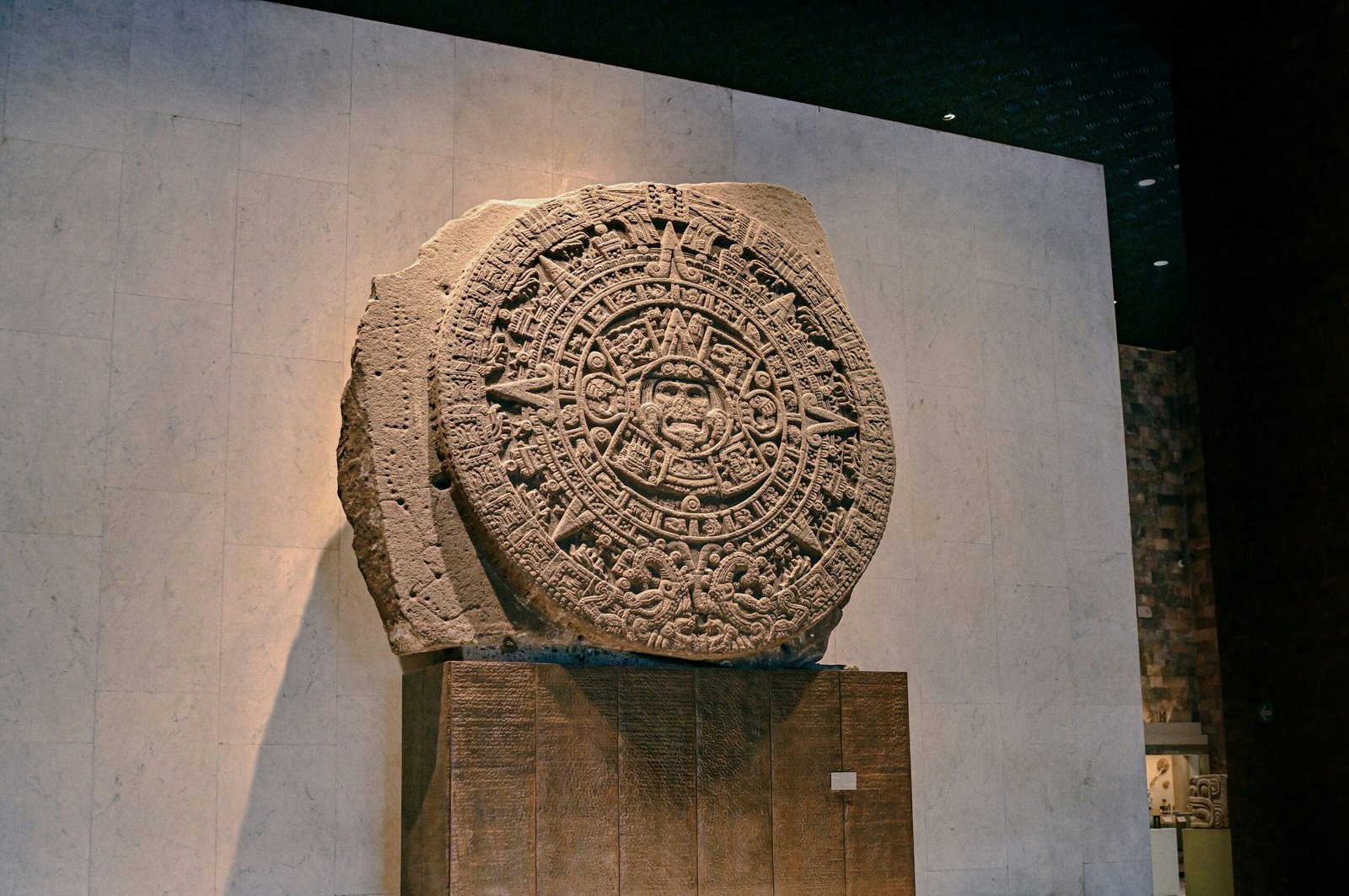The Sexual Practices in Aztec Civilization
The Aztec civilization, which thrived from the 14th to the 16th centuries in what is now modern-day Mexico, had a complex and unique approach to sexuality. In this article, we will explore the sexual attitudes and practices of the ancient Aztec society, including the role of sexuality in religious ceremonies and human sacrifice.
Aztec Views on Sexuality
The Aztecs had a relatively open and accepting attitude towards sexuality compared to some other ancient civilizations. They believed that sexual desire was a natural part of being human and embraced it as such. However, their views on sexuality were not entirely unrestricted, as they also emphasized the importance of moderation and respect.
In Aztec society, sexual relationships were primarily seen as a way to procreate and maintain the balance of life. Marriage was highly valued, and it was expected that couples would have children to contribute to the community. Extramarital affairs were generally frowned upon, although there were some exceptions for powerful individuals such as rulers.
Sexuality in Religious Ceremonies
Sexuality played a significant role in Aztec religious ceremonies and rituals. The Aztecs believed that sexual energy was a powerful force that could be harnessed for spiritual purposes. They saw sexual acts as a way to communicate with the divine and strengthen their connection to the gods.
One example of this is the festival of Xochiquetzal, the Aztec goddess of beauty, love, and fertility. During this festival, young men and women would engage in sexual activities as offerings to the goddess. These acts were seen as sacred and were believed to bring blessings and fertility to the community.
Another important aspect of Aztec religious ceremonies was the practice of human sacrifice. While it may seem shocking to us today, the Aztecs believed that sacrificing humans to the gods was necessary to ensure the continued existence of the world. In some cases, sexual acts were performed before the sacrifice, as it was believed to enhance the ritual’s potency.
Gender and Sexuality in Aztec Society
The Aztecs had a complex understanding of gender and sexuality. They recognized the existence of various gender identities beyond the binary of male and female. For example, the “muxe” were individuals assigned male at birth but took on female gender roles and often engaged in same-sex relationships.
Homosexuality, while not explicitly condoned, was not strictly prohibited in Aztec society. Same-sex relationships were accepted to some extent, as long as they did not interfere with the societal expectation of procreation within marriage. However, it is important to note that our understanding of Aztec attitudes towards homosexuality is limited, as much of their history was recorded by Spanish conquistadors who held different cultural beliefs.
Conclusion
The sexual practices in Aztec civilization were shaped by a combination of cultural, religious, and societal factors. While they had a relatively open attitude towards sexuality, there were still expectations and norms that governed sexual behavior. Sexuality played a significant role in religious ceremonies, where it was seen as a way to connect with the divine. The Aztecs also had a nuanced understanding of gender and recognized various gender identities beyond the binary. Overall, the sexual attitudes and practices of the ancient Aztec society provide us with a fascinating glimpse into their unique worldview.

